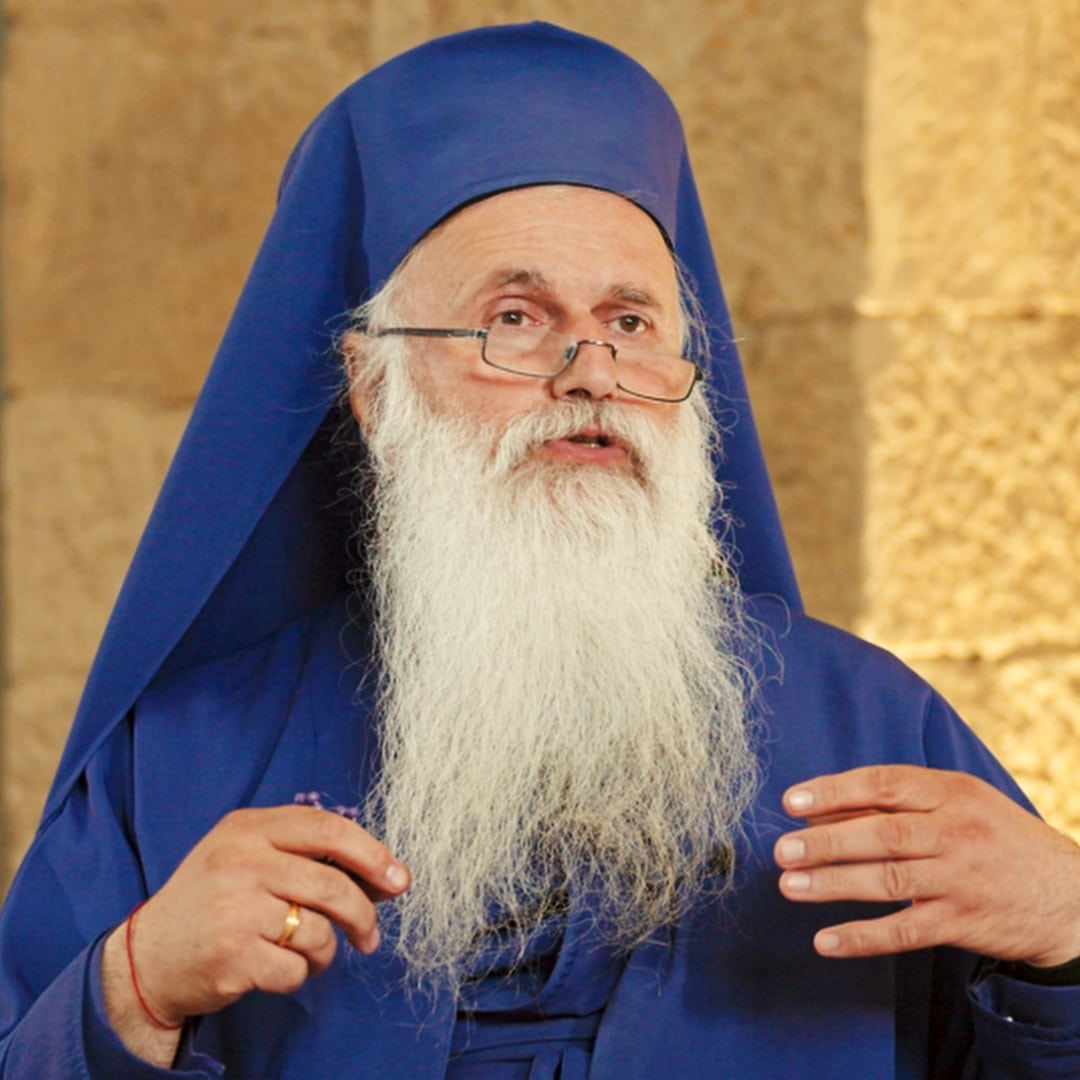Register to our newsletter
We will not sell, rent, or give your name or address to anyone nor market other programs or products to you.

Archbishop Malkhaz Songulashvili, pastor of the Cathedral of Tbilisi is a charismatic figure and social activist.
Under the leadership of Malkhaz, Rusudan Gotsiridze and Ilia Osephashvili, Peace Cathedral has repeatedly taken bold stands in support of oppressed minorities, even as the church has suffered periodic harassment from Orthodox extremists.
The faith community has embraced gender equality, ordaining women to serve as pastors and bishops, and provided hospitality and safety to Muslim refugees during the Chechen-Russian war and to those who lost their homes and livelihoods when Russia invaded Georgia in 2008.
Most recently, Peace Cathedral’s congregation and leadership have publicly denounced violence targeting the LGBTQIA population in Georgia, a position that has resulted in the church being marginalized by other leaders and churches within the Evangelical Baptist Church of Georgia.
Perhaps the best demonstration of the church community’s commitments, however, is its current endeavor to construct a mosque and a synagogue attached to the church building, creating by 2019 a spiritual home for Abrahamic faiths, including both Sunni and Shi’a Muslims. Peace Cathedral will be a profound example of what the world can be.
The 150th anniversary celebration highlighted just how important the church has been and continues to be. The Alliance delegation that included Paula Dempsey, James Pollard, Claudia Dickerson, Wayne Grinstead and me, worshipped with representatives from the American
Baptist Churches, Evangelical Lutheran Church of Germany, and the Georgian Roman Catholic and Orthodox communities.
Bishop Songulashvili spoke eloquently of the symbolism of their silver communion chalice—a “Chalice of Peace” originally from the church’s founding that he rediscovered at the library at Mercer University. It had been given by the church to Baptists in Moscow in 1928 as a gesture of oneness in faith, and later offered by Russian church leaders to Baptist World Alliance and Southern Baptist representative Louie Newton in 1946 as an expression of overcoming differences in the post-war era.
In 2011, Mercer University returned the chalice to Peace Cathedral, its rightful home. The chalice now serves as a symbol of the differences in ideology, language and culture bridged over the course of the past century—an expression of divine and human grace.